Introduction
Intended audience
This document is intended for application developers and database administrators who plan to evaluate performance for any computer hosting a SQL Server instance.
Read more »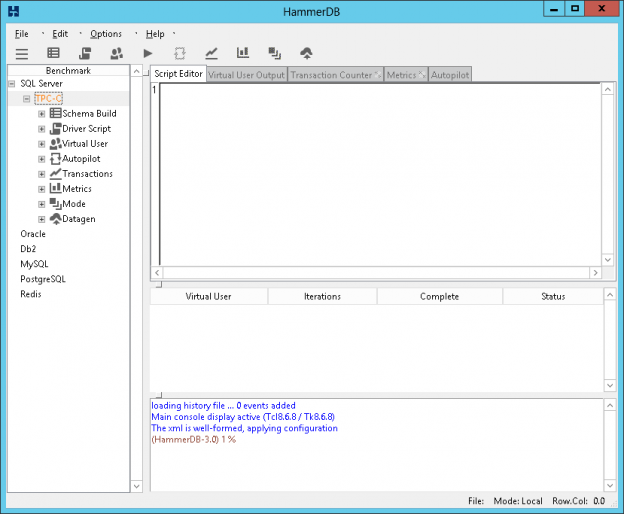
This document is intended for application developers and database administrators who plan to evaluate performance for any computer hosting a SQL Server instance.
Read more »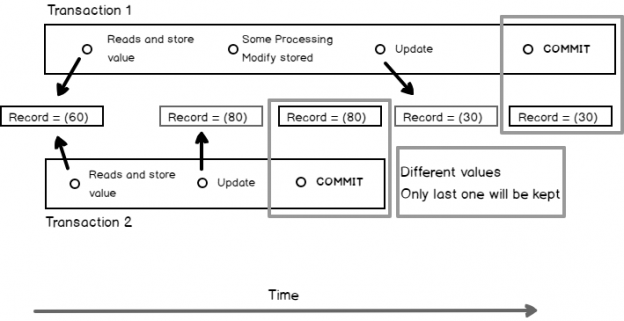
Intended audience
This document is intended for application developers and database administrators who are willing to get an overview of comm concurrency problems to which transaction isolation levels respond in the particular case of Microsoft SQL Server.
Read more »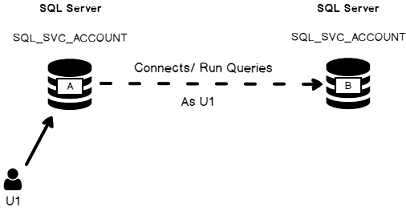
Intended audience
This document is intended for application developers, database administrators and system administrator who plan to create linked servers between instances of Microsoft SQL Server using Windows Authentication.
Read more »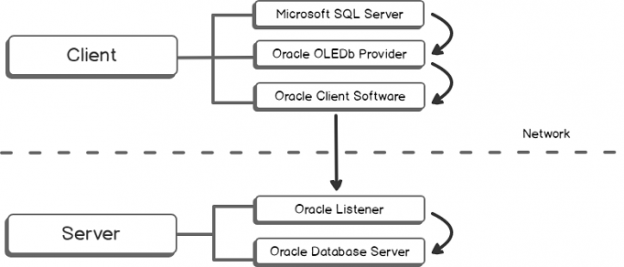
Intended audience
This document is intended for database administrators who would like to be prepared or who experience performance issues with one or more Linked Server(s) to an Oracle Database instance using the OraOLEDb Linked Server provider.
Read more »
Intended audience
This document is intended for application developers and database administrators who plan to migrate an Oracle Database to Microsoft SQL Server.
Context
In the previous article, we saw how to install and prepare to migrate one or more Oracle Schema(s) and their objects to SQL Server. Now it’s time to go through the migration process…
Read more »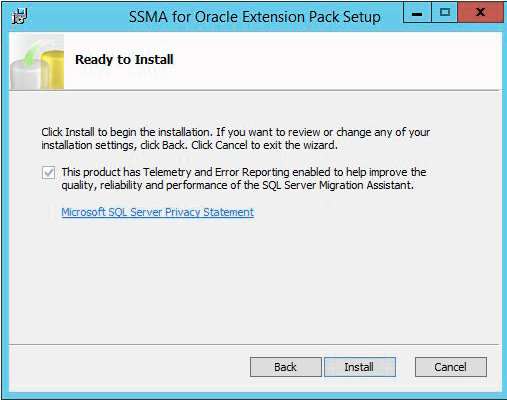
This document is intended for application developers and database administrators who plan to migrate an Oracle Database to Microsoft SQL Server.
Nowadays, most IT professionals are aware that Oracle Database is a very good database solution, but it’s not inexpensive, to say the least. If you want to partition a table in Oracle, it’s an option that you must pay for, which is the same for advanced security options like Database Encryption or Dynamic Data Masking. In contrast, SQL Server comes with these options out of the box when you use the Enterprise Edition.
Read more »
This article gives the overview of the Database Migration Assistant Tool to access, plan and migrate the SQL Server from an old version.
Database migration is part of the DBA job. We can’t avoid it, and there are multiple options that can be taken:
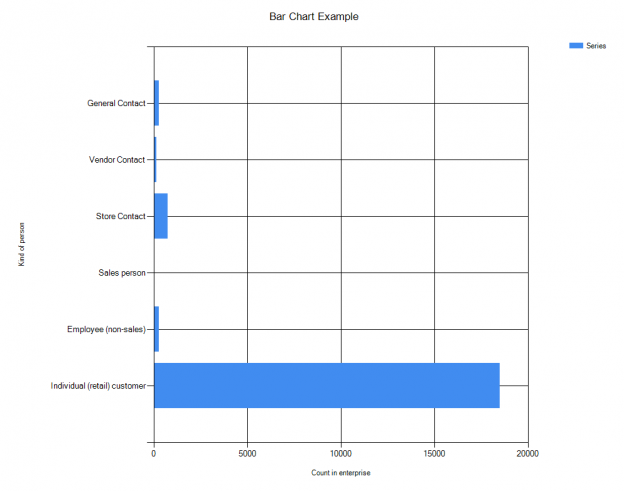
Intended audience
This document is intended for application developers and database administrators who are willing to learn how to generate charts from data stored in Microsoft SQL Server using PowerShell.
Context
In previous article entitled Overview of PowerShell Charting capabilities we’ve seen some components of an assembly called System.Windows.Forms.DataVisualization assembly that is part of the .NET Framework and how to load it inside PowerShell.
Now, it’s time to use what we’ve learned so far.
Read more »
Intended audience
This document is intended for application developers and database administrators who are willing to learn how to generate charts from data stored in Microsoft SQL Server using PowerShell.
Read more »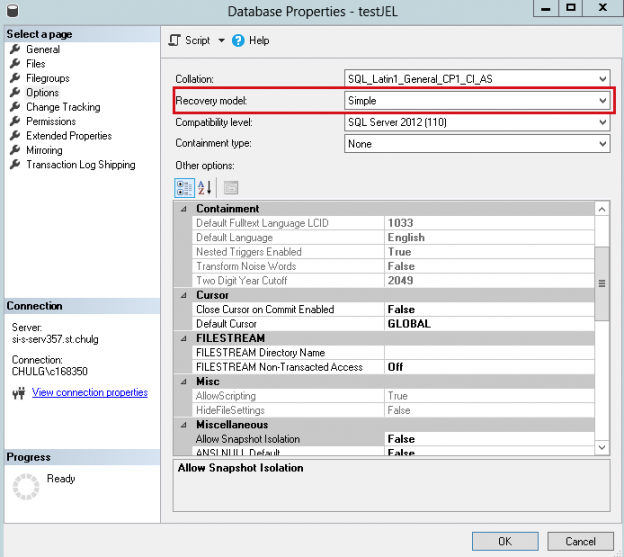
Following best practices, we should apply principles like segregation of duties. This implies the segregation of application environments. In particular, we might see for a given application that it incorporates at least two environments: a production environment and a non-production environment that exists for testing, Q/A, training, etc
Read more »
In a previous article entitled Hands on Full-Text Search in SQL Server, we had an overview on the Full-Text feature as it’s implemented in SQL Server. We saw how to create Full-Text indexes and that they were stored inside a container called a Full-Text catalog. We’ve also seen that, by design, this kind of index will generate a fragmentation.
Read more »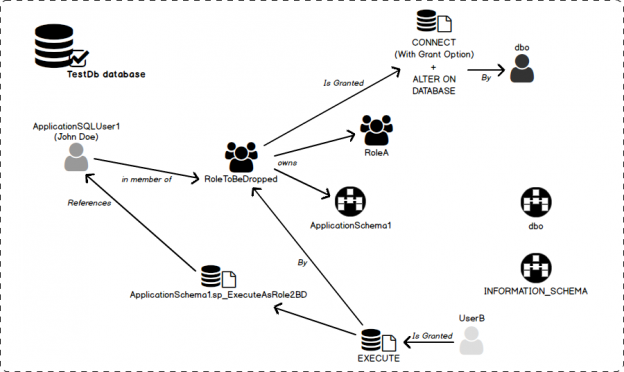
Let’s say we have a database role that we don’t need anymore because we defined another security policy using another database role. What are the steps to follow in order to properly drop this database role? That’s the question this article will try to answer, covering as many cases as possible.
In the following article, we will consider the simple steps we can follow in order to do this task using both SSMS and T-SQL. Then, we will focus on some facts that will lead us to the conclusion that, if we do it this way, it won’t work every time. We will list some situations where it could fail and define a test case situation in order to create a stored procedure that will do the job correctly, in all cases bymanaging these situations.
Read more »
In most cases, we will use clustered and non-clustered indexes to help a query go faster, but these kinds of indexes have their own limitations and cannot be used for fast text lookup. For instance, a LIKE operator will lead SQL Server to scan the whole table in order to pick up values that meet the expression next to this operator. This means it won’t be fast in every case, even if an index is created for considered column.
Read more »
There are many situations in a DBA’s life that lead him or her to monitor space growth over time in SQL Server. In short, we often want to know which tables are growing the most and how much they grow.
For that reason, it’s preferable to develop a solution that will help us in that particular task and this is exactly what this article is about. The main components will include
Read more »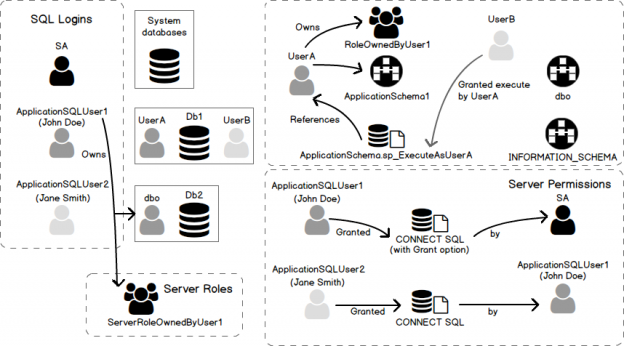
Sometimes, we need to drop a SQL Server Login because we gave an access to a person who left, this login was used by an application that has been decommissioned for example.
Read more »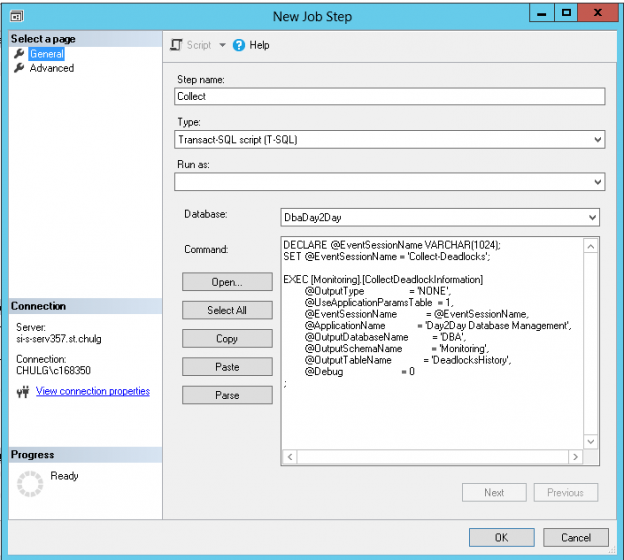
This article is the last one of a series in which we discussed how to collect data about deadlocks so that we can not only monitor them but also build reports based on our collection results.
Read more »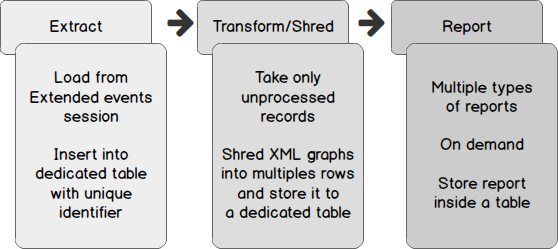
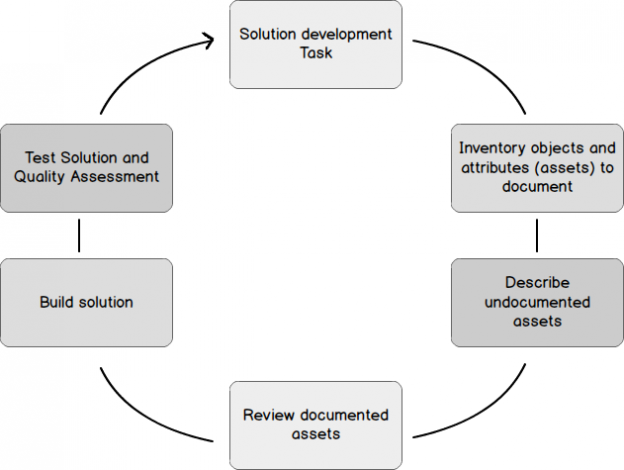
In any good programming reference, you will read that a developer has to document his code, not only for him/herself but also for the person who, ten years later will be asked to maintain it. This would, of course, be made easier thanks to a good documentation of existing code.
Read more »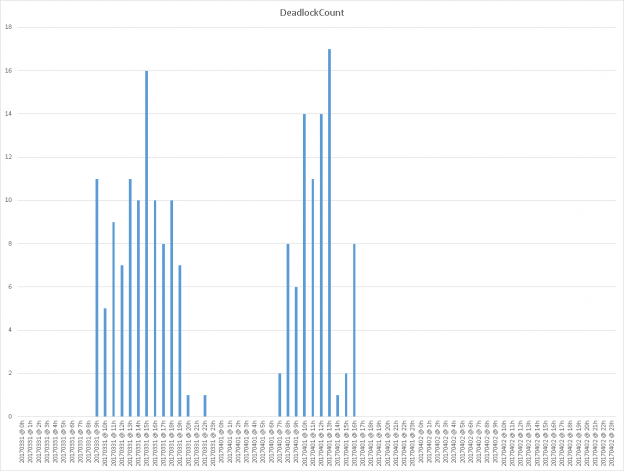
In the previous article entitled “What are SQL Server deadlocks and how to monitor them“, we’ve seen how a deadlock can occur and which tools are available to DBA or developer to get simple or extended information about the conditions that lead a particular deadlock situation to occur.
Read more »
Context
Back in my days at school, I followed a course entitled “Object-Oriented Software Engineering” where I learned some “design patterns” like Singleton and Factory. If you are not familiar with this expression, here is a definition of a design pattern from Wikipedia:
Read more »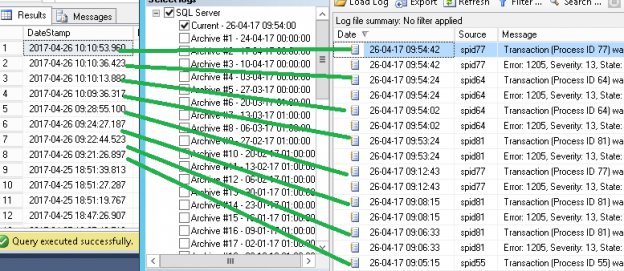
As a DBA, I’ve been, more than, confronted with performance problems. Sometimes, poorly written code or lack of indexes will generate blocking conditions that we refer to as a“Deadlock”. Due to their nature and like any similar blocking situation, deadlocks can have a direct impact on user experience and the more they occur, the bigger the impact.
Read more »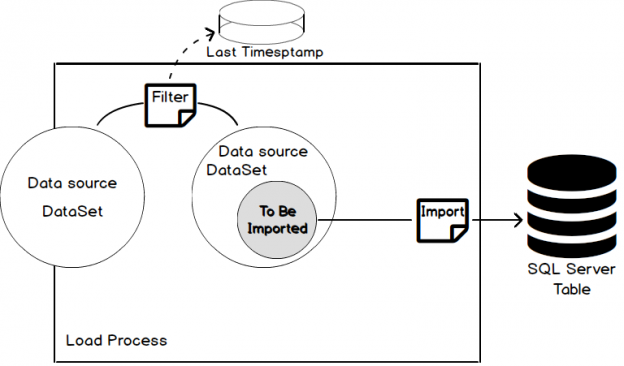
In this article, we will explorethe SQL Date Time data type and its limitations.
Read more »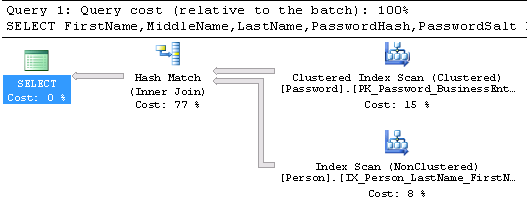
This article is the third and last one of a series of articles that aims to introduce set-based programming approach inside SQL Server, so using Transact SQL. In first article “An introduction to set-based vs procedural programming approaches in T-SQL”, we’ve compared procedural and set-based approaches and came to the conclusion that the second one can facilitate developer or DBA’s life. In second article “From mathematics to SQL Server, a fast introduction to set theory”, we’ve made the parallel between mathematical definition of set theory and its implementation in SQL Server. Now, we’ll discuss about some other features from T-SQL that can’t be left aside when considering sets.
Read more »
In the previous article of this series “An introduction to set-based vs procedural programming approaches in T-SQL”, we’ve seen from a simple example that we could find actual benefit from learning set-based approach when writing T-SQL code.
In this article, we will carry on in this way by having a look at what a set is and what we can do with it in a mathematical point of view and how it’s implemented and provided to us in SQL Server. We will also have a look at more “realistic” examples using Microsoft’s AdventureWorks database.
Read more »
Most IT professionals started their studies or careers by learning programming languages like Basic, Cobol, C, Pascal, Java and so on. Those languages produce results using a sequence of operations or procedures. For this reason, this approach is called procedural programming.
Read more »© 2025 Quest Software Inc. ALL RIGHTS RESERVED. | GDPR | Terms of Use | Privacy